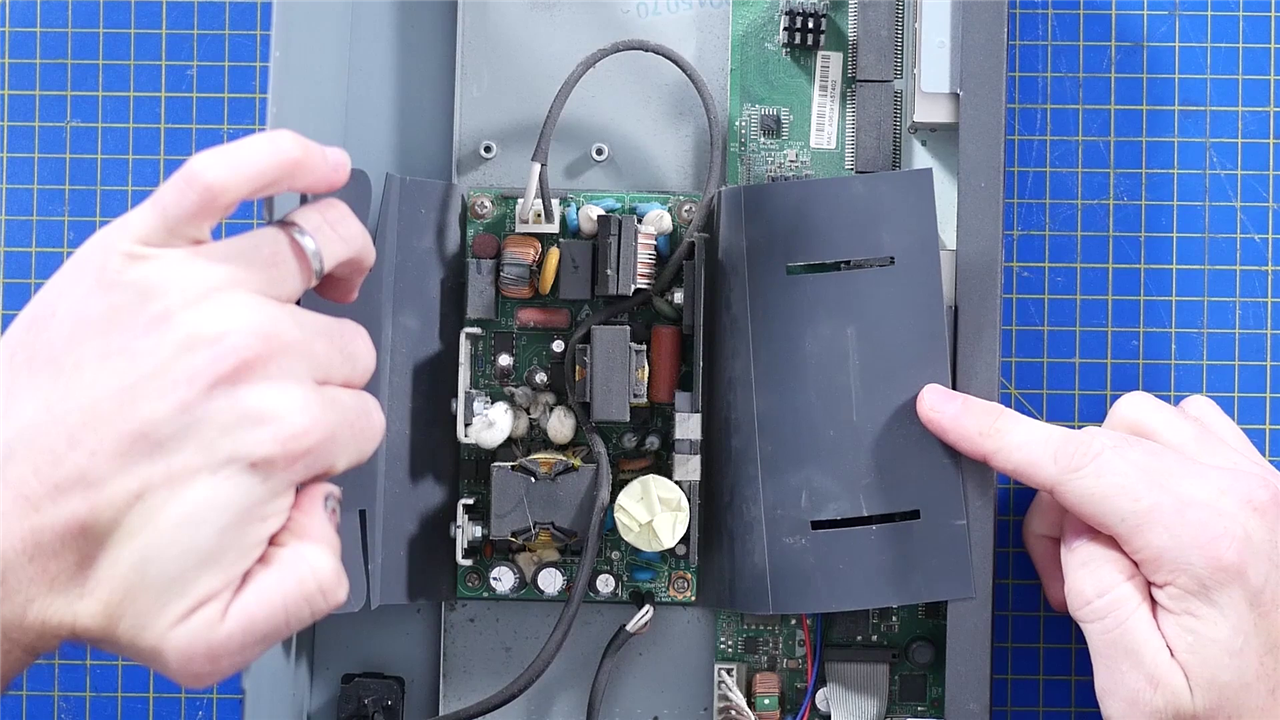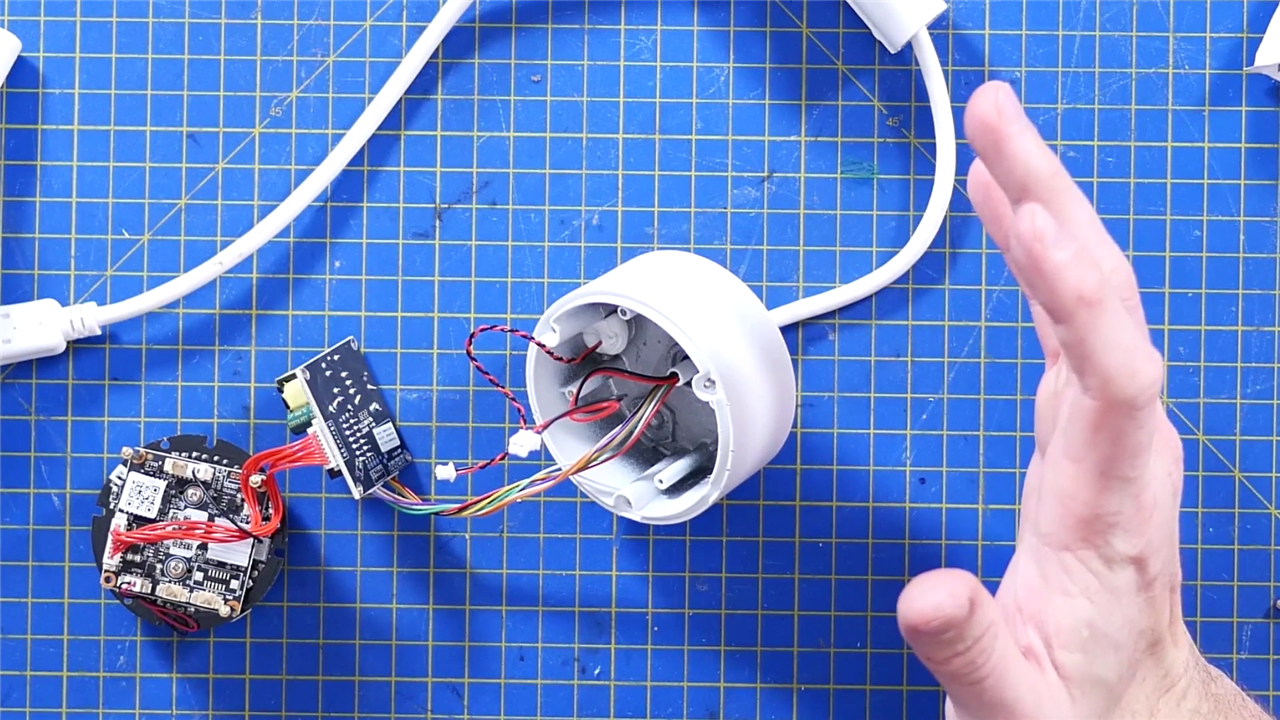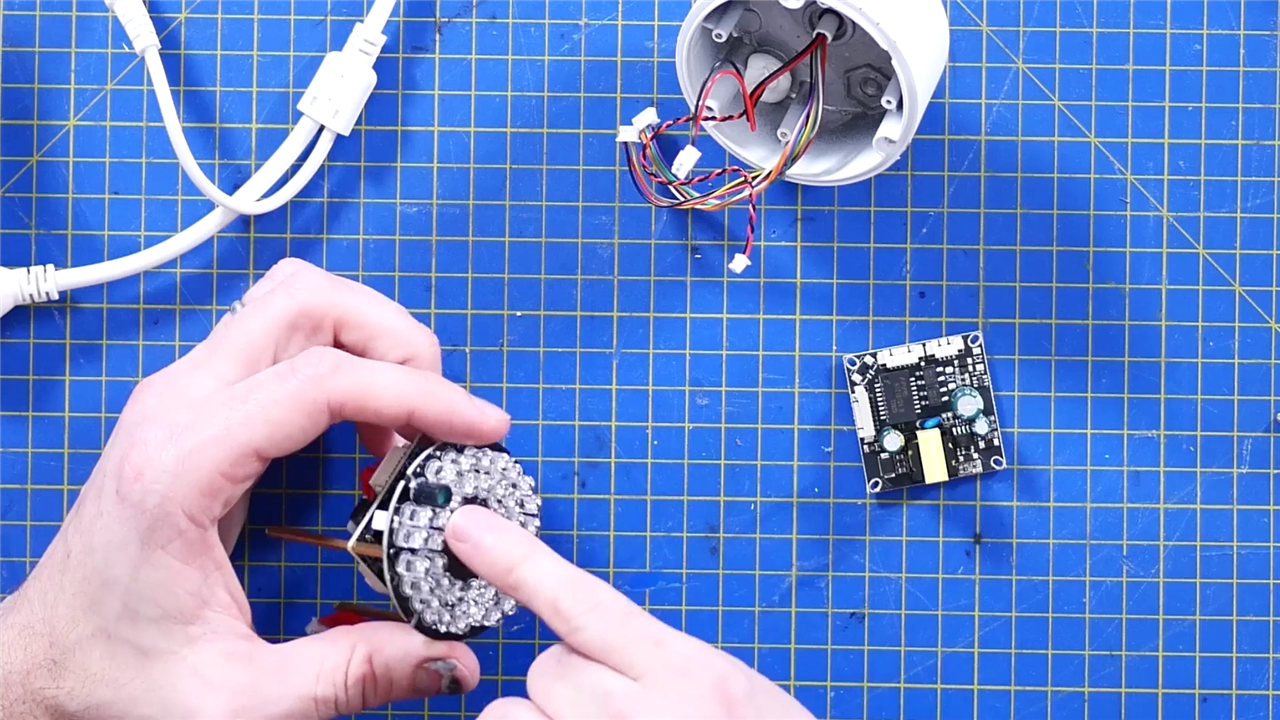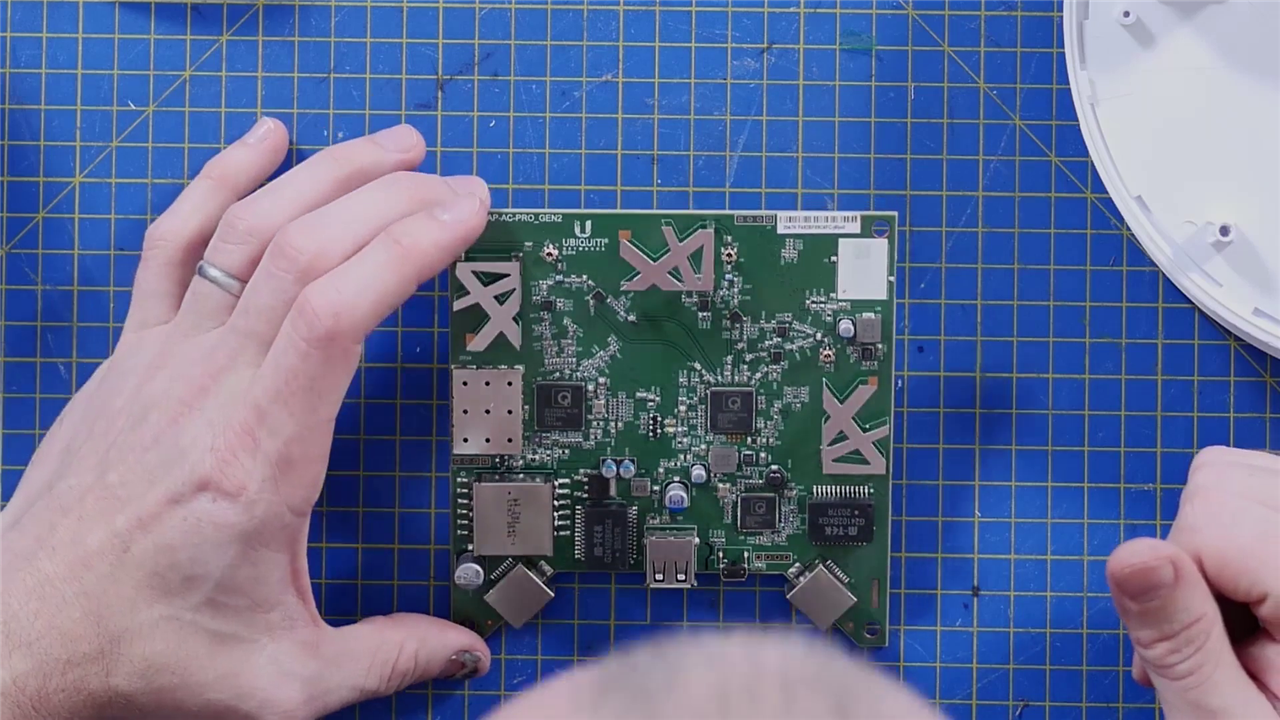In this episode, David explores the technology of Power over Ethernet (PoE), dissecting three devices powered by a single lead and a network switch.
Watch the Video:
David begins by providing a comprehensive understanding of Ethernet, delving into the intricacies of twisted pair cables such as Cat 5e and Cat 6a. He emphasizes the importance of twist rates, conductor size, and copper purity when it comes to data speeds, which range from 10 to 10,000 megabits per second.

David then jumps into Power over Ethernet, or PoE, elucidating the concept of Power Sourcing Equipment (PSE) and Powered Devices (PDs), and highlighting the advantages of centralized power distribution. Cameras, wireless access points, and even the Raspberry Pi 3 and 4 are discussed as examples benefiting from PoE, eliminating the need for separate power sources.

The discussion extends to PoE injectors, devices that add power to an Ethernet signal, and PoE switches, which are pivotal in providing power to multiple devices. David meticulously dissects a 16-port PoE switch, while discussing the complexities of managing power distribution and data traffic. Larger switches used in data centers are briefly touched upon, emphasizing their massive power requirements and advanced capabilities.

The teardown doesn't conclude with only switches; David extends the exploration to PoE-enabled devices like a security camera and a wireless access point. Through these teardowns, he exposes the unique challenges and design considerations associated with integrating PoE functionality into these devices.


